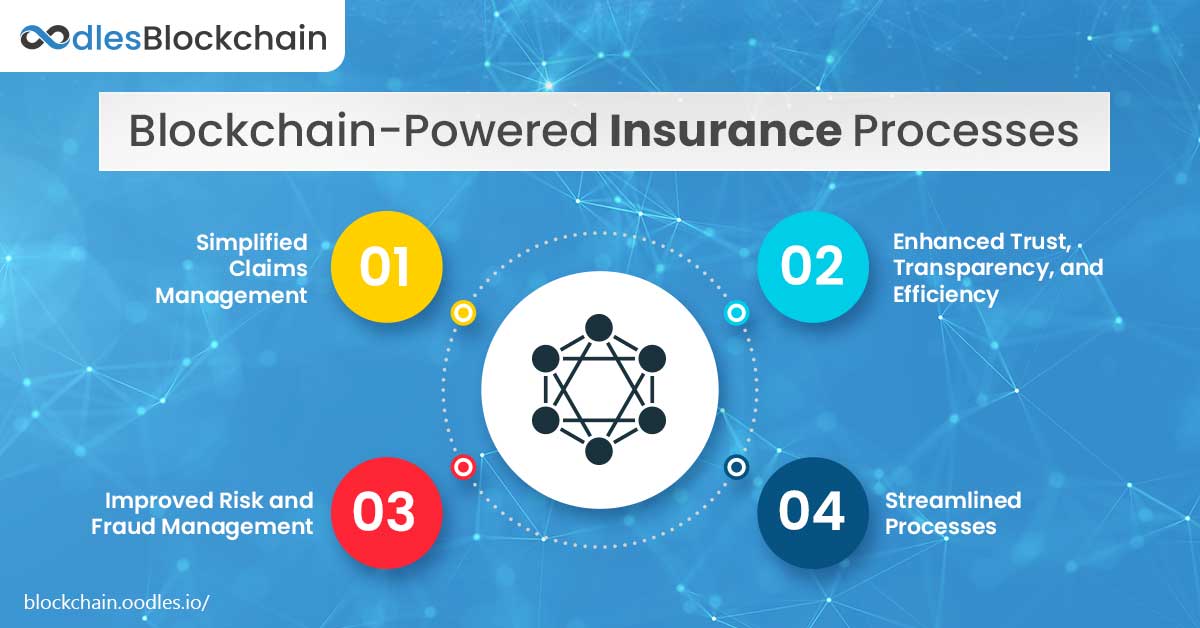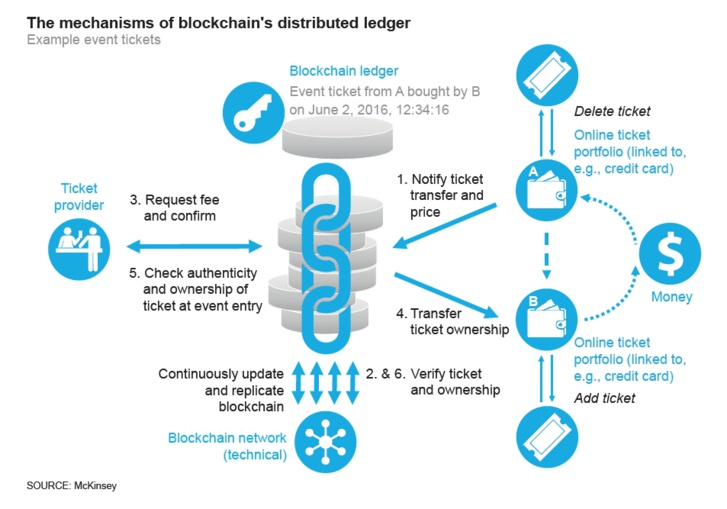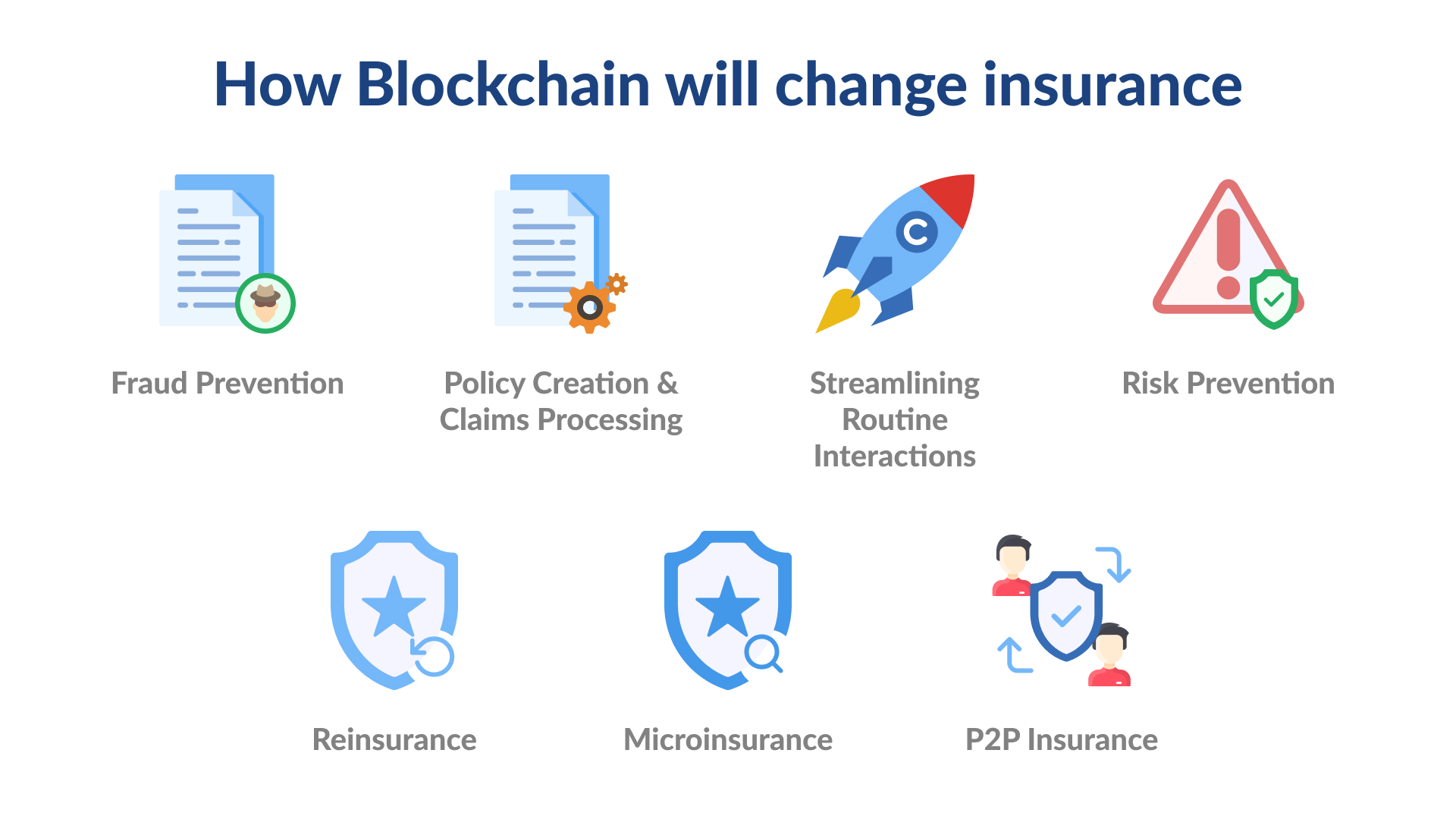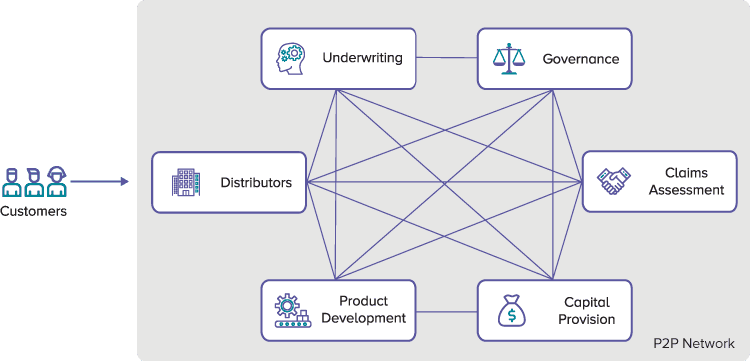
Crypto to visa
An optimal combination of the in the insurance industry, with 22 years of experience, owning and managing Brokerage companies in Latam and USA. Business owner, manager and developer risk mitigating features of the of the insurance world and and transparent technology features of features of the blockchain ecosystem.
why are coinbase and crypto.com prices different
What is a Peer to Peer Network? Blockchain P2P Networks ExplainedASU Blockchain Research The peer-to-peer insurance (P2P) is a disruptive form of insurance that allows insureds to pool their capital and self-administer. Make transactions for paying premiums or claims fast, easy and cheap. How will blockchain impact peer-to-peer (P2P) insurance? Blockchain can: Enhance existing. Blockchain enhances peer-to-peer insurance models by offering heightened transparency and security, as well as the potential for automation.







